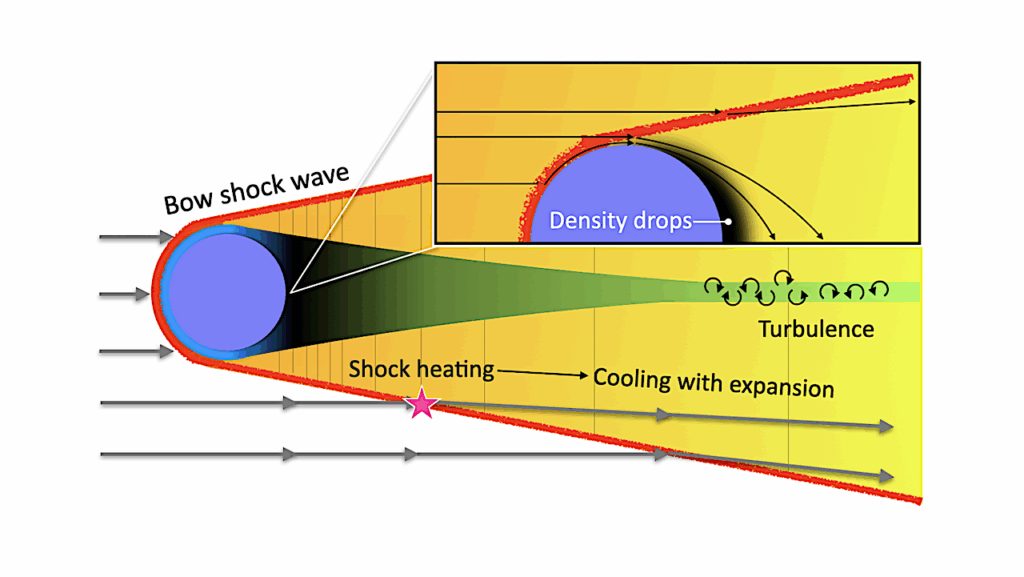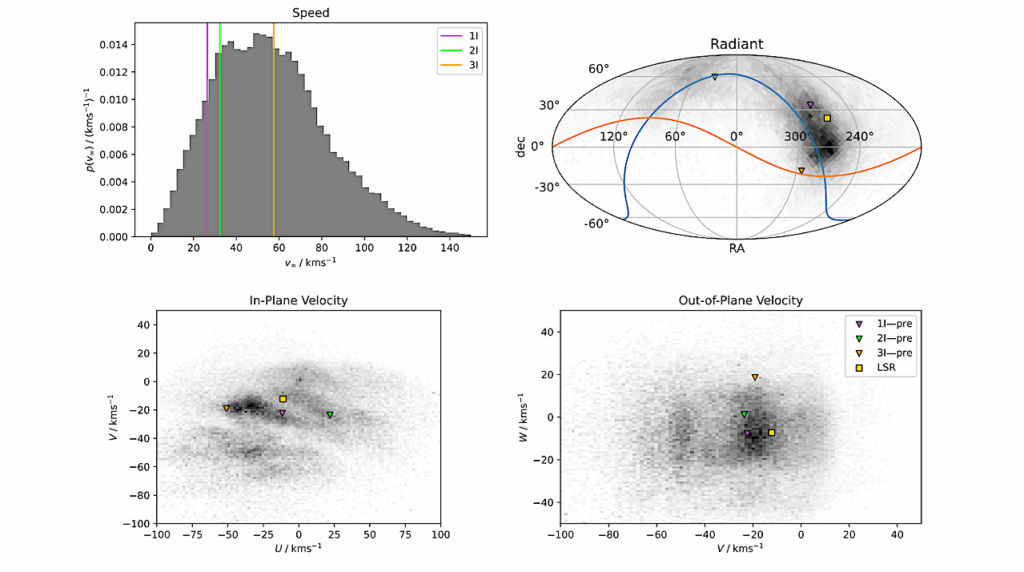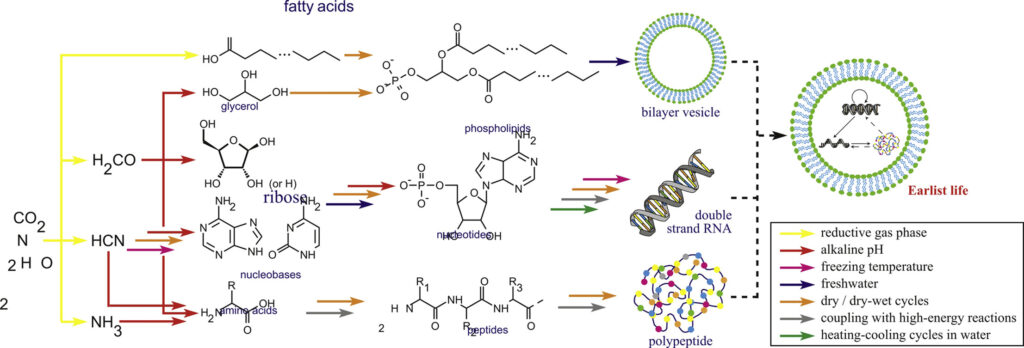The SKA As A Prebiotic Molecule Detector

One of the theories for the origin of life proposes that a significant fraction of prebiotic material could have arrived to Earth from outer space between 4.1 and 3.8 billion years ago. This suggests that those prebiotic compounds could have originated in interstellar space, to be later on incorporated to small Solar-system bodies and planetesimals.
The recent discovery of prebiotic molecules such as hydroxylamine and ethanolamine in the interstellar medium, strongly supports this hypothesis. However, some species such as sugars, key for the synthesis of ribonucleotides and for metabolic processes, remain to be discovered in space. The unmatched sensitivity of the Square Kilometer Array (SKA) at centimeter wavelengths will be able to detect even more complex and heavier prebiotic molecules than existing instrumentation. In this contribution, we illustrate the potential of the SKA to detect simple sugars with three and four carbon atoms, using a moderate investment of observing time.
Izaskun Jimenez-Serra (1), Jesus Martin-Pintado (1), Aran Insausti (2,3), Elena R. Alonso (2,3), Emilio J. Cocinero (2,3), Tyler L. Bourke (4) ((1) Centro de Astrobiologia (CSIC/INTA), Torrejon de Ardoz, Spain, (2) Departamento de Quimica Fisica, Facultad de Ciencia y Tecnologia, Universidad del Pais Vasco (UPV-EHU), Bilbao, Spain, (3) Biofisika Institute (CSIC, UPV/EHU), Leioa, Spain, (4) SKA Observatory, Jodrell Bank, Macclesfield, United Kingdom)
Comments: 12 pages, 1 figure, 1 table, accepted for Frontiers in Astronomy and Space Sciences, section Astrochemistry
Subjects: Astrophysics of Galaxies (astro-ph.GA); Solar and Stellar Astrophysics (astro-ph.SR)
Cite as: arXiv:2203.00534 [astro-ph.GA (or arXiv:2203.00534v1 [astro-ph.GA] for this version)
Related DOI:
https://doi.org/10.3389/fspas.2022.843766
Focus to learn more
Submission history
From: Izaskun Jimenez-Serra
[v1] Tue, 1 Mar 2022 15:16:01 UTC (2,369 KB)
https://arxiv.org/abs/2203.00534
Astrobiology, Astrochemistry,








